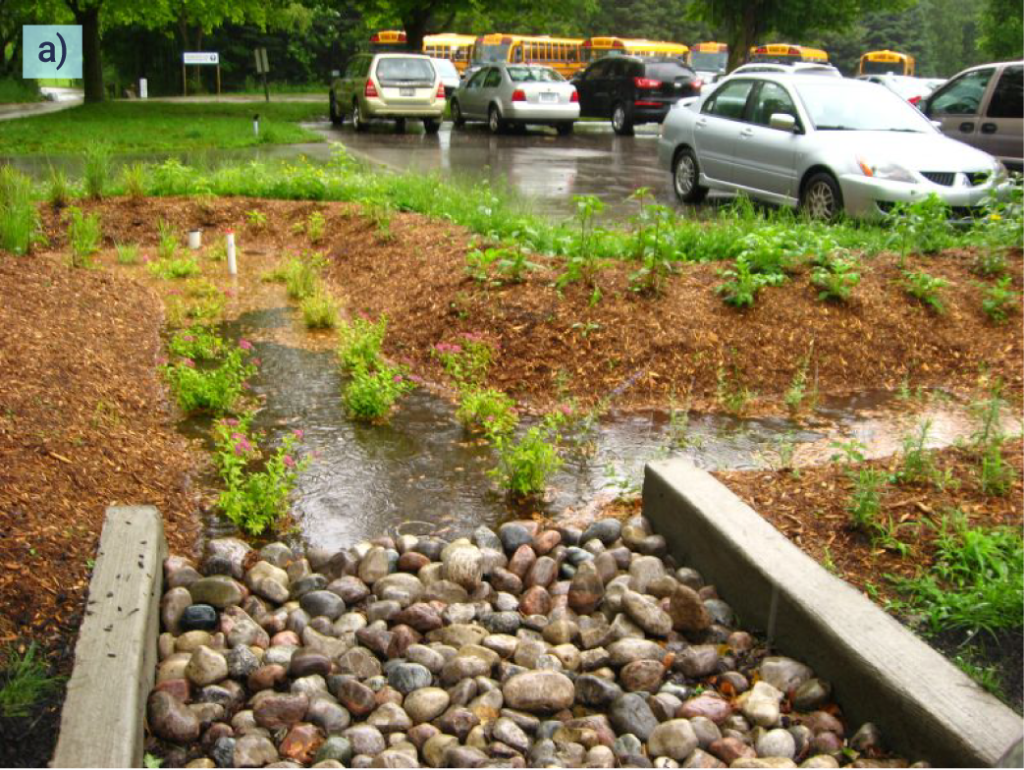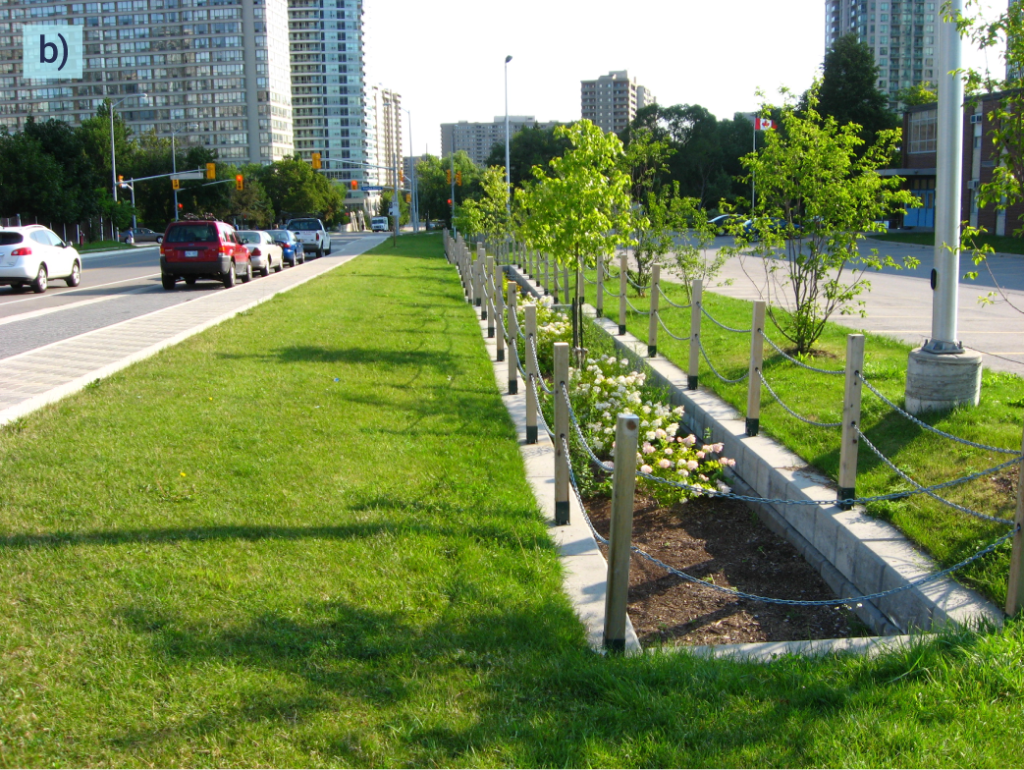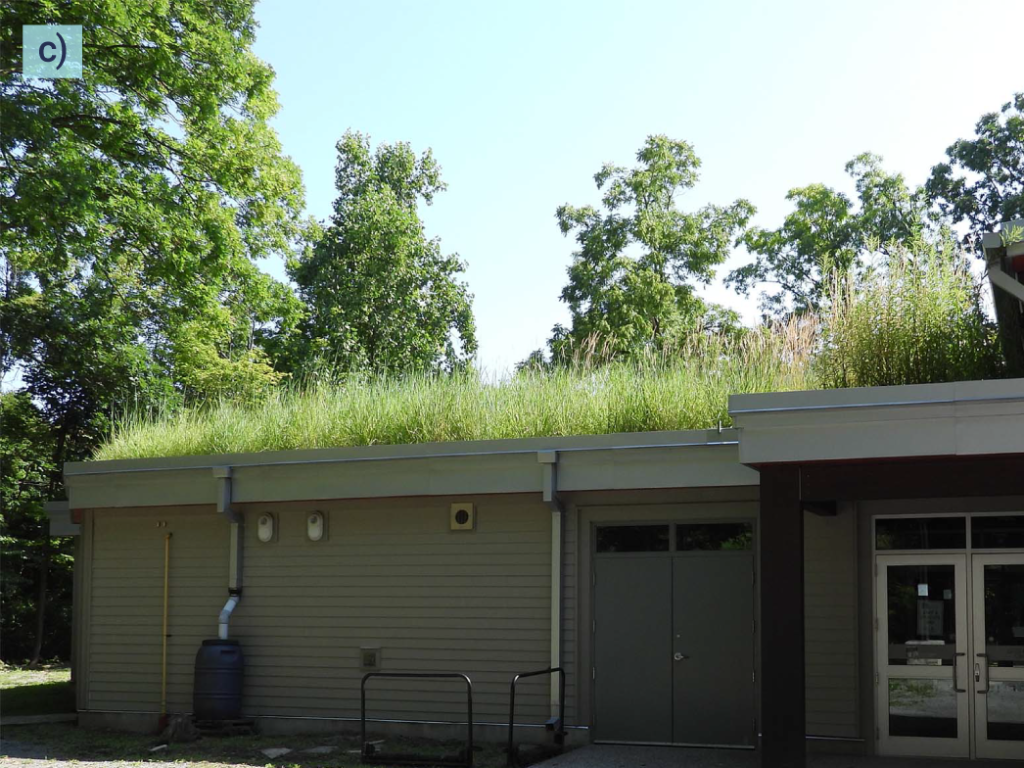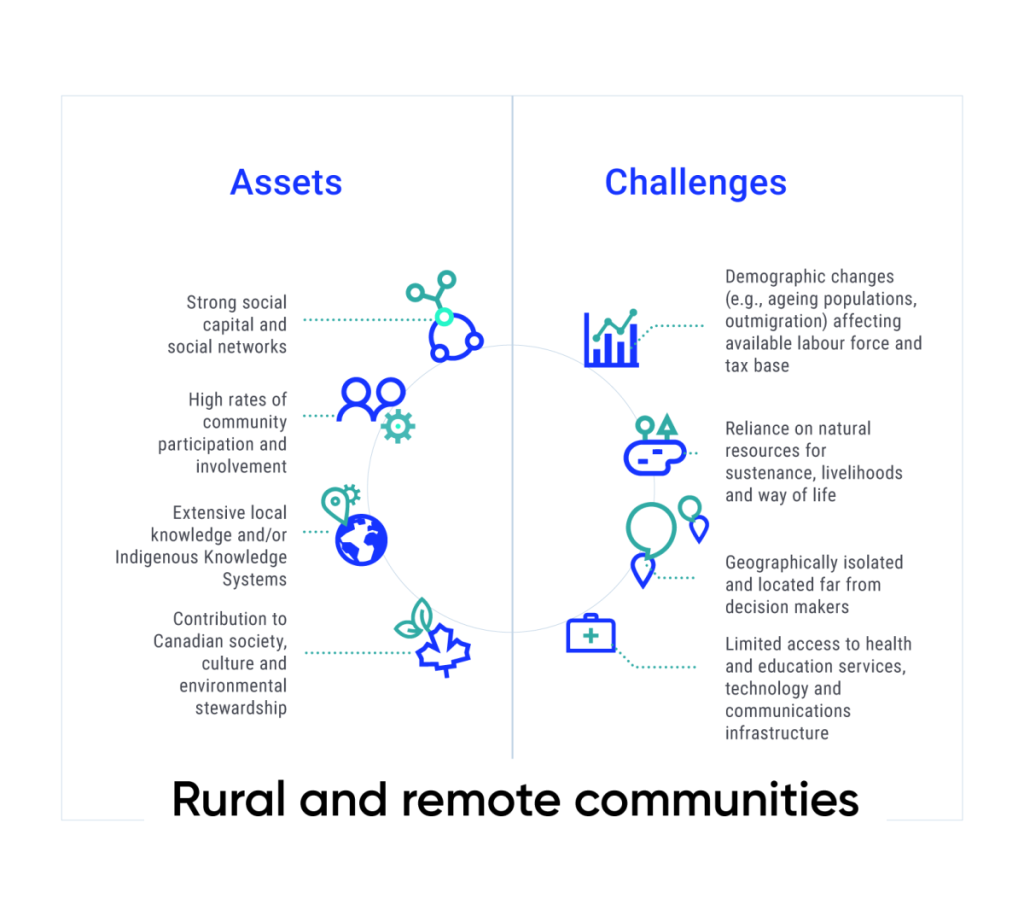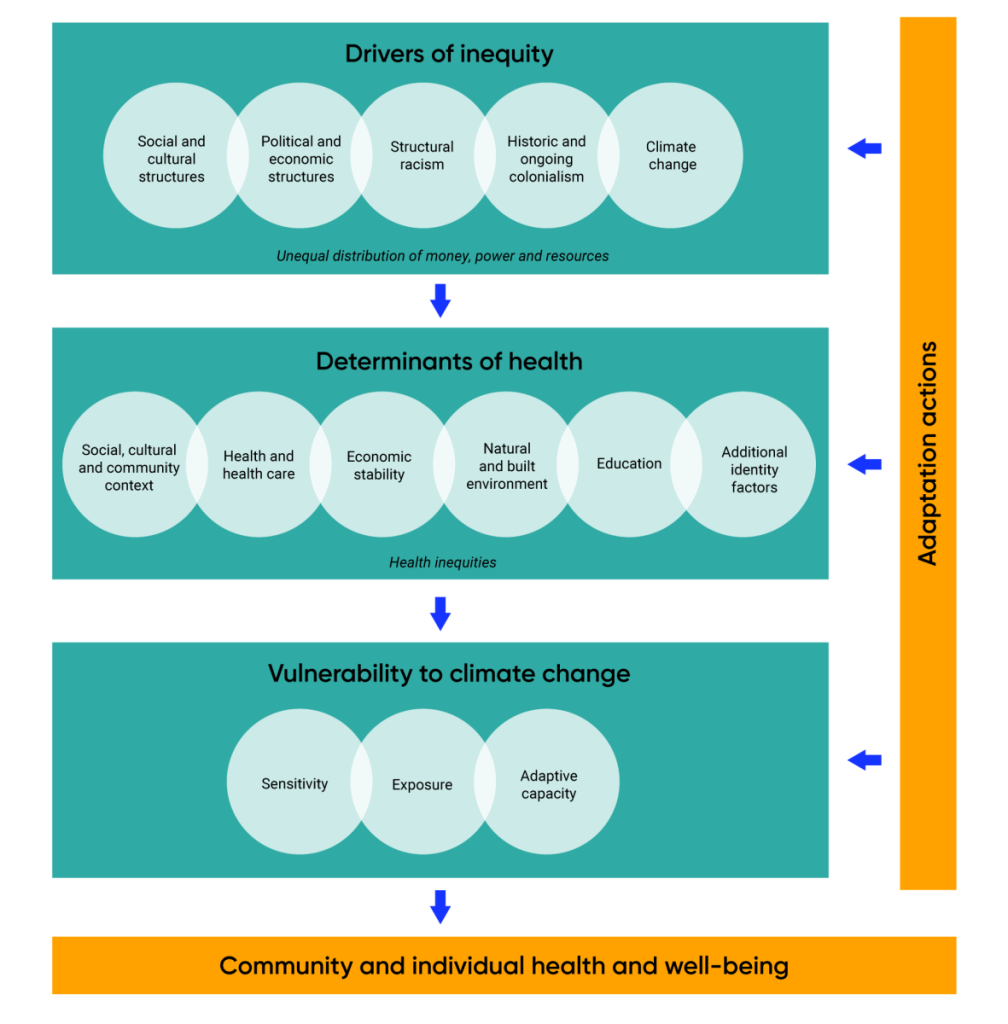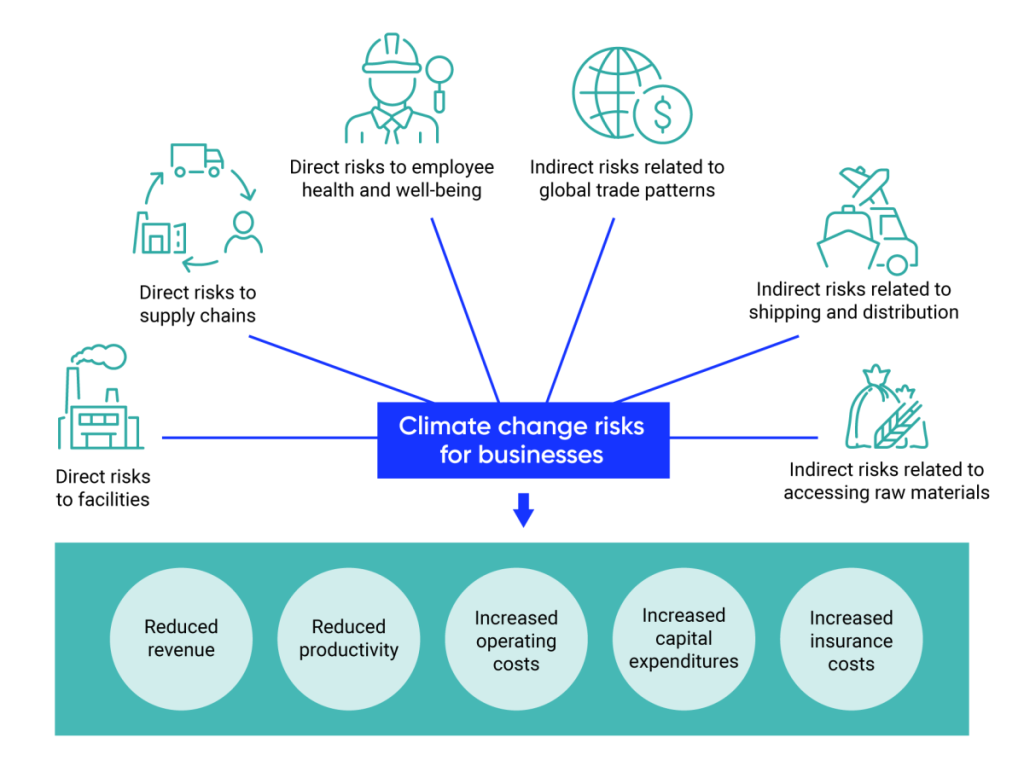Canada’s ageing infrastructure is at high risk from climate change
Adaptation is increasingly urgent for reducing climate risks to infrastructure, which provides safe spaces for living and working and supports our energy, transportation and water treatment systems. Many approaches are being developed and used to reduce climate risks and improve the resilience of Canada’s infrastructure.
Climate change is harming our health
With climate change already negatively affecting the health of Canadians and their health systems, urgent adaptation action is needed to reduce the risks. Continued and coordinated efforts are critical for protecting the health of Canadians from current and future climate change impacts.
Our food and natural resources are highly climate-sensitive
Failing to adjust how we manage natural resource and food production sectors in a changing climate would threaten local economies and jobs, and have consequences for transboundary resource management, Canada’s supply chains and our involvement in global trade. Various adaptation options are being implemented in these sectors to reduce climate risk and impacts.
The business case for adaptation is strong
Climate change impacts already cost Canadians billions of dollars each year, and costs will continue to rise. There is a strong business case for adaptation, with the benefits (including avoided costs) gained through adaptation measures generally exceeding the costs of implementation.
Nature-based approaches save money and provide many benefits
Nature-based approaches to adaptation are often more cost-effective and deliver a suite of co-benefits. Protecting vulnerable ecosystems is also essential for preserving the services that they provide and for maintaining biodiversity.
Improved incentives and coordination can help close Canada’s adaptation gap
In Canada, progress on adaptation remains slow, with relatively few examples of implemented actions despite growing losses. Greater incentives, fewer barriers and improved coordination across sectors and scales will help close the adaptation gap.
Local-level adaptation plays a leading role in our climate change response
Local governments and Indigenous communities in Canada are already experiencing climate change impacts on their infrastructure, economies and well-being. Together with local partners, they are well positioned to take action on adaptation given their local knowledge and Indigenous Knowledge, strong social networks and connections to the land.
Self-determined and Indigenous-led climate action supports reconciliation
Indigenous Knowledge Systems, and Indigenous rights and governance are critical to establishing just, equitable, decolonized and sustainable approaches to overcoming the climate crisis. Recognizing that humans, culture and the natural world are inseparable, and that we share responsibility for future generations, is essential to these approaches.
Adaptation can promote equity
Existing social, economic and health inequities are often exacerbated by climate change impacts. Engaging with those most affected by climate change is essential for ensuring that adaptation measures address these inequities.
Now is the time for the private sector to step up on adaptation
Businesses face a range of direct and indirect risks from climate change. It is vital to engage and empower the business community and other private sector stakeholders if we are to progress at the scale needed to reduce current and future climate change risks and take advantage of potential opportunities.



